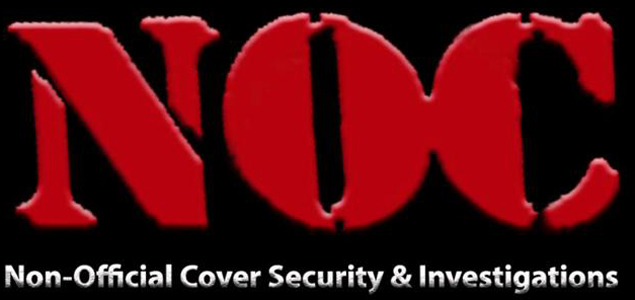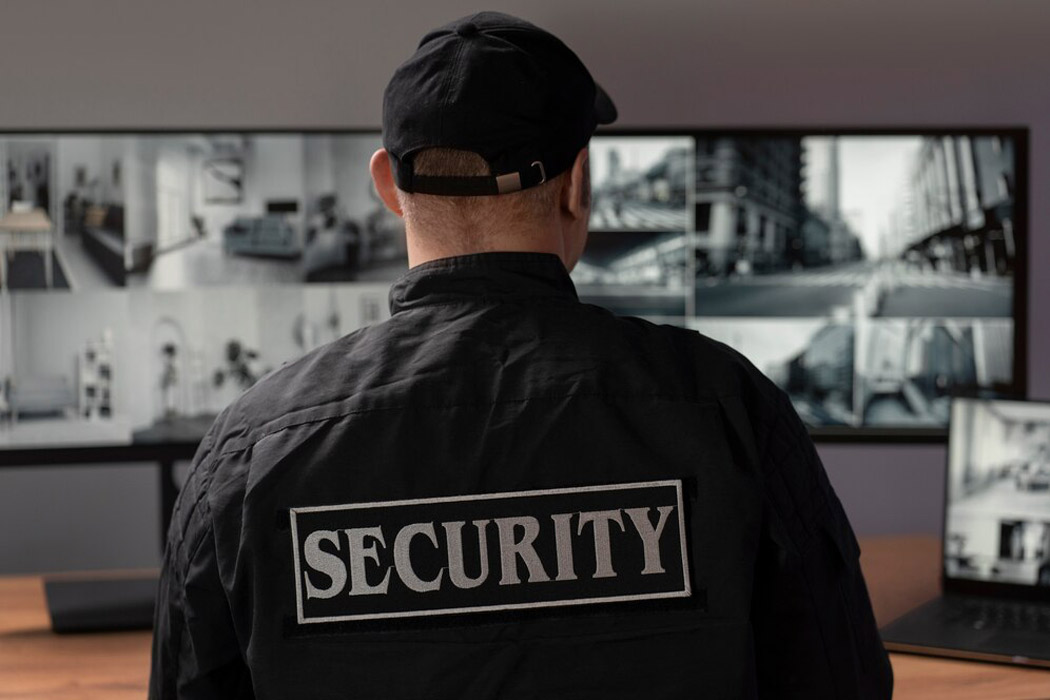Due diligence. It’s a phrase synonymous with precaution, prevention, and authenticating. Used since the mid-fifteenth century, its official definition is “the care that a reasonable person takes to avoid harm to other persons or their property.” In today’s business environment, due diligence encompasses ID verification, claims authentication, and general background confirmation; it helps you know your customer. It’s also a crucial step in fraud prevention.
The question is: Is your organization’s due diligence process enough?
In our practice, we can state unequivocally that every fraud case we work could have been mitigated or the fraud captured before it hit the books. What went wrong? Invariably, the due diligence process was not extensive enough to detect a potential fraud before hitting the books. The organization took it for granted that they knew their “customer.” Their validation process stopped short.
Most companies do an excellent job of conducting due diligence. However, their protocols tend to rely on the honor system and clients telling the truth. Career criminals and fraudsters bank on this and use it to their advantage. They use current technology to forge and/or fabricate “customer” documentation, gambling that the validation process won’t be extensive enough to detect the fake. Then they’re in. Their “customer” subsequently makes claims and collects settlements costing millions of dollars and extraordinary amounts of time.

